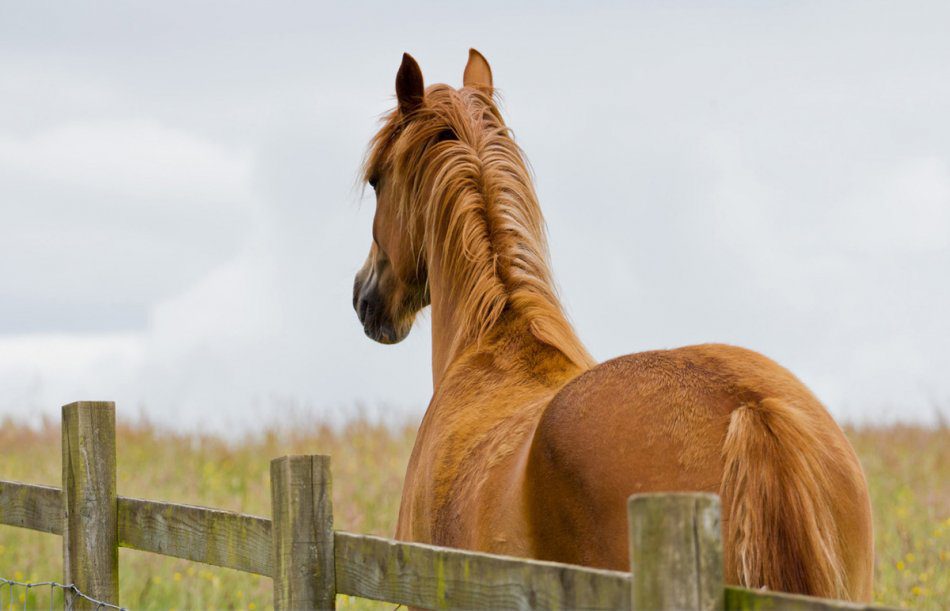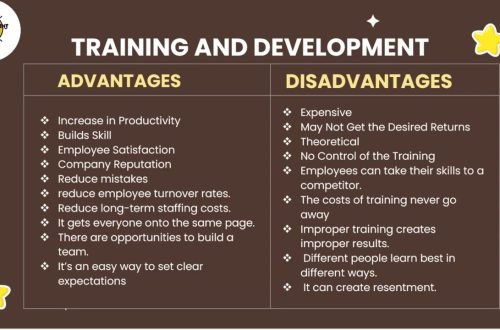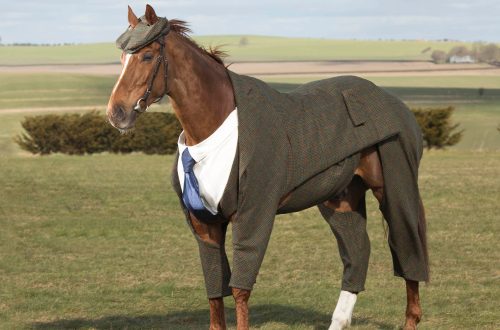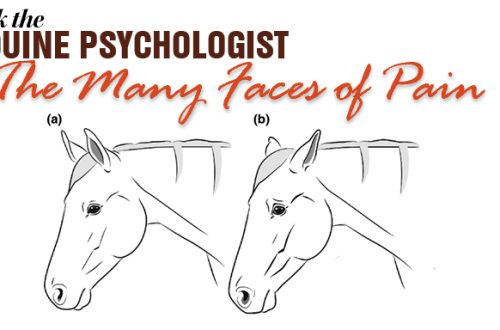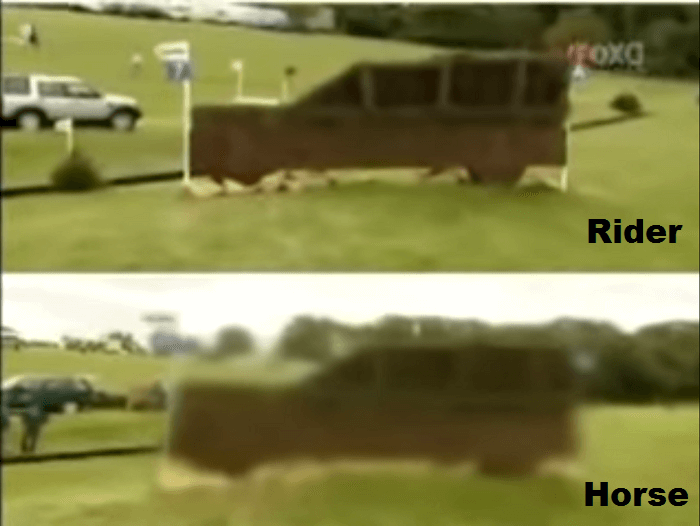
How we and horses see the world
The times when the ancestors of people jumped on the branches of trees are long gone. And horses die through no fault of predators. The situation has changed. But how much have our and the horse’s senses, in particular, vision, changed, and how differently do we see the world? 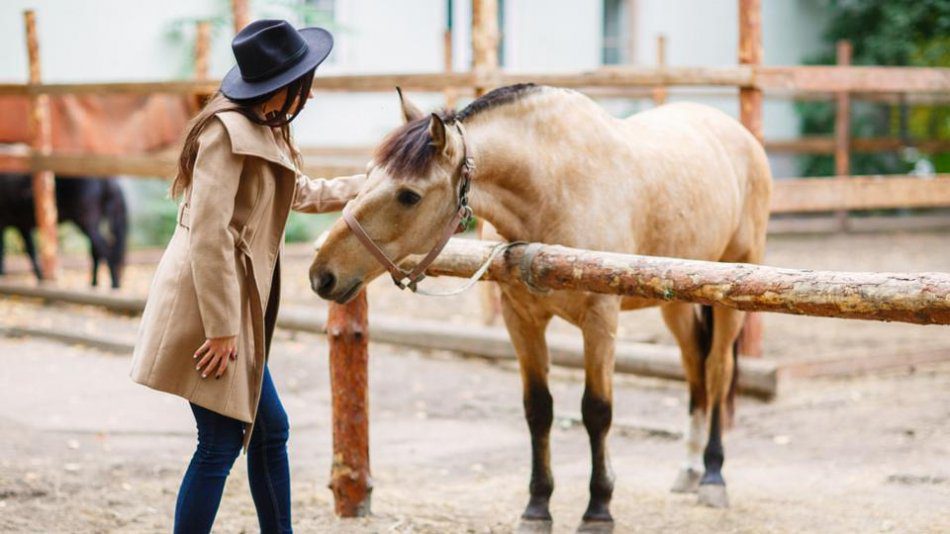 For example, a rider and a horse overcome a barrier. The rider, on the advice of the coach, focused on the next obstacle, and his eyes are higher, he can see what is behind the nearest barrier. The horse, on the other hand, cannot see what awaits him after overcoming the obstacle, and is not at all sure whether it is safe. The only thing left for her is to trust the rider. Concentrated on the jump, the rider looks ahead and sees only what is ahead. The horse looks not only forward, but also to the sides. And he notices much more than a person: other horses, and people in the stands, and waving flags. And moving objects attract her attention sometimes more than a fixed obstacle.
For example, a rider and a horse overcome a barrier. The rider, on the advice of the coach, focused on the next obstacle, and his eyes are higher, he can see what is behind the nearest barrier. The horse, on the other hand, cannot see what awaits him after overcoming the obstacle, and is not at all sure whether it is safe. The only thing left for her is to trust the rider. Concentrated on the jump, the rider looks ahead and sees only what is ahead. The horse looks not only forward, but also to the sides. And he notices much more than a person: other horses, and people in the stands, and waving flags. And moving objects attract her attention sometimes more than a fixed obstacle.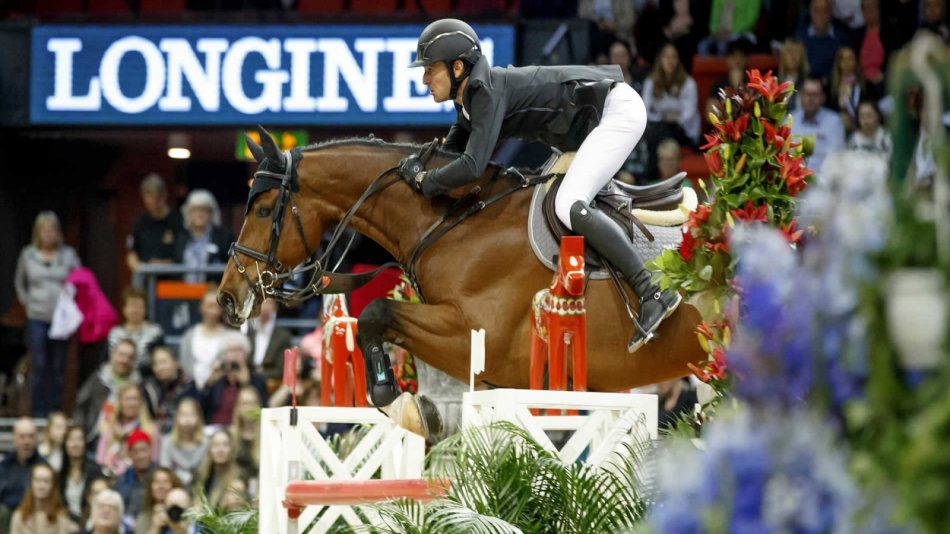 Both the rider and the horse can see what color the barrier is. But if it doesn’t matter to the rider, then a horse accustomed to jumping over one-color obstacles will have strong doubts about whether a barrier painted in multi-colored stripes is trustworthy. The history of Soviet equestrian sport has captured a funny fact. Until 1952, Soviet equestrian competitions differed significantly from foreign ones. And when in 1952 the Soviet team arrived in Helsinki for the Olympics, the performance was extremely unsuccessful. Returning athletes were greeted with reproaches, and offended, they organized competitions in accordance with the Olympic program. Neither the riders nor the horses had ever seen multi-colored and stepped obstacles, pots of flowers and the like before. The horses resisted with all their might, flatly refusing to approach these monstrous inventions. These competitions remained in the memory of eyewitnesses as “revenge of the Olympians.” We pay great attention to the facial expressions of the interlocutor, but the horses do not understand our facial expressions, and grief, anger or joy written on our face will not tell her anything. Therefore, scientists were sure that horses do not notice such “small details” as a mouth, eyes or nose on a person’s face. But this idea was erroneous. Horses perfectly distinguish the shapes of objects of any size: squares, circles, triangles, hatching or crosses. And during the experiments, they easily chose a picture that they could exchange for a tasty treat. Moreover, thanks to their excellent memory, without any additional training, they could solve these problems even a year later. It can be concluded that it is very important for a horse to notice and remember the shapes of objects. Perhaps this is how they recognized familiar horses from afar and recognized danger.
Both the rider and the horse can see what color the barrier is. But if it doesn’t matter to the rider, then a horse accustomed to jumping over one-color obstacles will have strong doubts about whether a barrier painted in multi-colored stripes is trustworthy. The history of Soviet equestrian sport has captured a funny fact. Until 1952, Soviet equestrian competitions differed significantly from foreign ones. And when in 1952 the Soviet team arrived in Helsinki for the Olympics, the performance was extremely unsuccessful. Returning athletes were greeted with reproaches, and offended, they organized competitions in accordance with the Olympic program. Neither the riders nor the horses had ever seen multi-colored and stepped obstacles, pots of flowers and the like before. The horses resisted with all their might, flatly refusing to approach these monstrous inventions. These competitions remained in the memory of eyewitnesses as “revenge of the Olympians.” We pay great attention to the facial expressions of the interlocutor, but the horses do not understand our facial expressions, and grief, anger or joy written on our face will not tell her anything. Therefore, scientists were sure that horses do not notice such “small details” as a mouth, eyes or nose on a person’s face. But this idea was erroneous. Horses perfectly distinguish the shapes of objects of any size: squares, circles, triangles, hatching or crosses. And during the experiments, they easily chose a picture that they could exchange for a tasty treat. Moreover, thanks to their excellent memory, without any additional training, they could solve these problems even a year later. It can be concluded that it is very important for a horse to notice and remember the shapes of objects. Perhaps this is how they recognized familiar horses from afar and recognized danger.